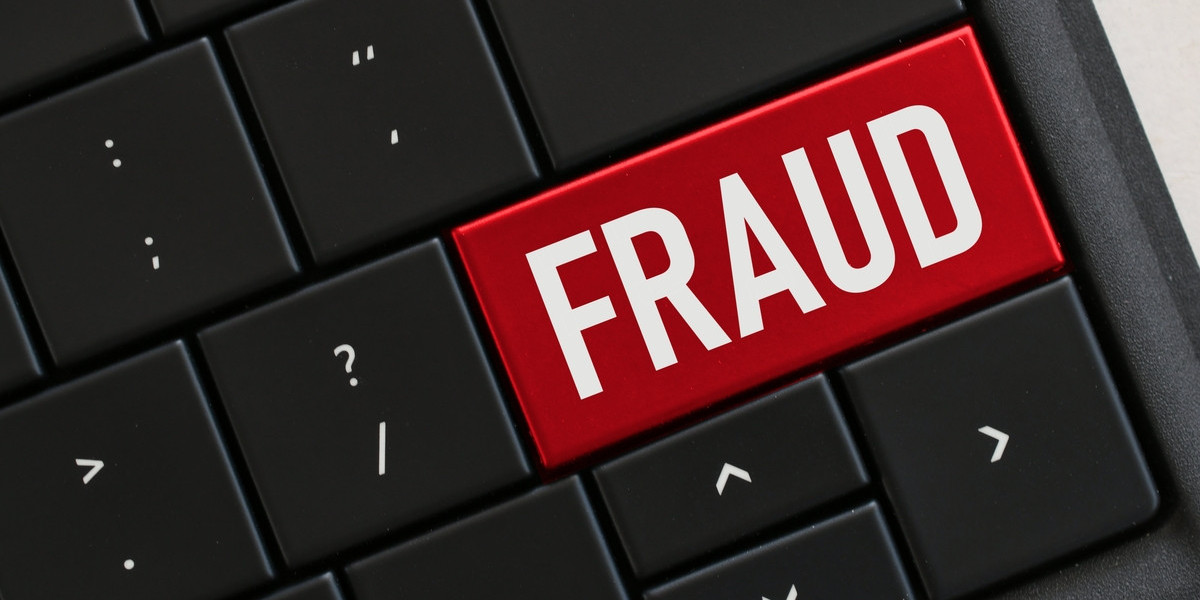In 2025, dropshipping remains one of the most accessible and lucrative online business models. With minimal upfront investment and the ability to operate without managing inventory or warehousing, dropshipping is an attractive option for aspiring entrepreneurs. If you’re looking for the best business idea in 2025, starting a dropshipping business is worth considering. This guide will walk you through the steps to build a successful dropshipping business and capitalize on the latest industry trends.
Why Dropshipping is the Best Business Idea in 2025
Dropshipping continues to thrive due to several factors:
Low Startup Costs: You don’t need to invest in inventory upfront or manage storage.
Flexibility: Operate from anywhere with an internet connection.
Wide Product Variety: Access millions of products from suppliers worldwide.
Scalability: Expand your product range and customer base without logistical headaches.
Moreover, with advancements in automation and AI, running a dropshipping business has become even more streamlined and efficient.
Step-by-Step Guide to Starting a Dropshipping Business in 2025
1. Choose a Niche
Selecting the right niche is critical to the success of your dropshipping business. Here are key factors to consider:
Market Demand: Research trending products and growing markets. Use tools like Google Trends and social media to identify popular items.
Competition: Avoid overly saturated niches, but ensure there is enough demand to sustain your business.
Profit Margins: Choose products that offer reasonable profit margins after accounting for supplier costs, shipping, and marketing expenses.
Passion and Expertise: If you have personal interest or expertise in a niche, you’ll be more motivated and better equipped to market your products.
Trending Niches in 2025: Sustainable products, tech accessories, fitness equipment, pet supplies, and home office essentials.
2. Find Reliable Suppliers
Partnering with reliable suppliers is essential to ensure product quality and timely delivery. Here’s how to find the best suppliers:
Dropshipping Platforms: Use platforms like AliExpress, Oberlo, Spocket, or SaleHoo to connect with suppliers.
Evaluate Quality: Order sample products to assess their quality and shipping times.
Check Reviews: Look for suppliers with positive reviews and consistent performance.
Communication: Ensure your supplier is responsive and willing to address issues promptly.
Tip: Diversify your supplier base to reduce risks and maintain inventory availability.
3. Create Your Online Store
Building a professional and user-friendly online store is crucial to attracting and retaining customers. Here are the steps to set up your store:
Choose a Platform: Popular eCommerce platforms include Shopify, WooCommerce, and BigCommerce. Shopify is a top choice for its ease of use and dropshipping integrations.
Design Your Store: Select a theme that reflects your brand’s style and appeals to your target audience. Ensure your store is mobile-responsive.
Add Products: Upload product descriptions, high-quality images, and pricing information. Use persuasive copy to highlight the benefits of each product.
Payment Gateway: Set up secure payment options like PayPal, credit cards, and digital wallets.
4. Develop a Strong Brand
Branding plays a significant role in building customer trust and standing out in a competitive market. Focus on:
Brand Name: Choose a memorable and relevant name for your business.
Logo: Design a professional logo that reflects your brand identity.
Consistent Messaging: Ensure your website, social media, and marketing materials convey a consistent brand message.
Unique Value Proposition (UVP): Clearly communicate what makes your store different from competitors.
5. Set Up Marketing Channels
Marketing is essential to drive traffic and sales for your dropshipping business. Leverage a mix of strategies to reach your audience:
Social Media Marketing: Use platforms like Instagram, Facebook, and TikTok to showcase products, run promotions, and engage with potential customers.
Content Marketing: Create blogs, videos, and guides that provide value to your audience and promote your products.
Search Engine Optimization (SEO): Optimize your store for search engines by using relevant keywords, writing meta descriptions, and improving site speed.
Email Marketing: Build an email list to nurture leads, send promotional offers, and encourage repeat purchases.
Paid Advertising: Invest in Google Ads, Facebook Ads, and influencer partnerships to drive targeted traffic to your store.
Tip: Use analytics tools to monitor the performance of each marketing channel and optimize for better results.
6. Automate Your Operations
Automation tools can streamline repetitive tasks and free up time for strategic growth. Consider automating:
Order Fulfillment: Use dropshipping apps to automatically forward customer orders to suppliers.
Inventory Management: Keep track of stock levels and receive notifications for low inventory.
Customer Support: Implement chatbots and automated email responses for common customer inquiries.
Popular automation tools for dropshipping include Oberlo, DSers, and Zapier.
7. Optimize the Customer Experience
Providing an exceptional customer experience is key to building loyalty and boosting word-of-mouth referrals. Focus on:
Fast Shipping: Work with suppliers that offer fast and reliable shipping options.
Clear Communication: Keep customers informed about order status and shipping updates.
Easy Returns: Offer hassle-free return policies to build trust.
Responsive Support: Provide timely and helpful responses to customer inquiries.
8. Monitor and Scale Your Business
Track your business metrics to identify areas for improvement and growth:
Sales and Revenue: Monitor sales trends and revenue growth.
Conversion Rates: Analyze the percentage of visitors who make purchases.
Customer Acquisition Cost (CAC): Measure how much it costs to acquire each customer.
Lifetime Value (LTV): Calculate the total revenue generated by each customer over time.
Once you’ve validated your business model, consider expanding by:
Adding New Products: Expand your product range to attract new customers.
Entering New Markets: Explore international markets to increase your customer base.
Launching Loyalty Programs: Reward repeat customers with discounts and exclusive offers.
Overcoming Common Dropshipping Challenges in 2025
Shipping Delays: Supply chain disruptions can impact delivery times.
Solution: Partner with multiple suppliers and offer expedited shipping options.
Product Quality Issues: Poor-quality products can lead to negative reviews and returns.
Solution: Vet suppliers thoroughly and order product samples.
High Competition: Dropshipping is a popular business model, leading to intense competition.
Solution: Focus on niche markets, offer superior customer service, and invest in branding.
Conclusion
Starting a dropshipping business in 2025 is one of the best business ideas for aspiring entrepreneurs. With low barriers to entry, global reach, and increasing demand for online shopping, dropshipping offers significant profit potential. By following the steps outlined in this guide—from choosing a niche and building a brand to optimizing customer experience and scaling your business—you can create a successful dropshipping venture. With dedication, creativity, and strategic execution, your dropshipping business in 2025 can thrive in today’s competitive digital landscape.









